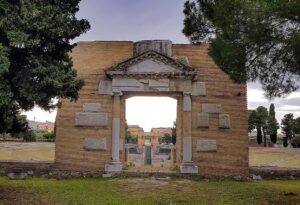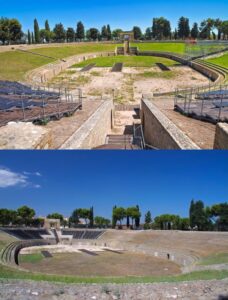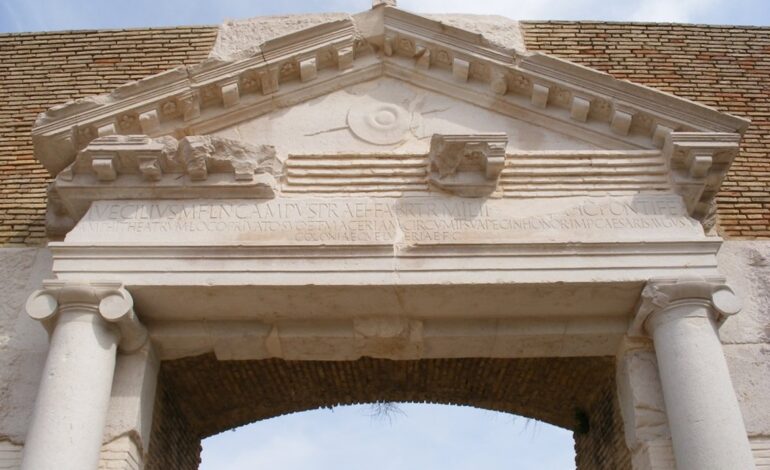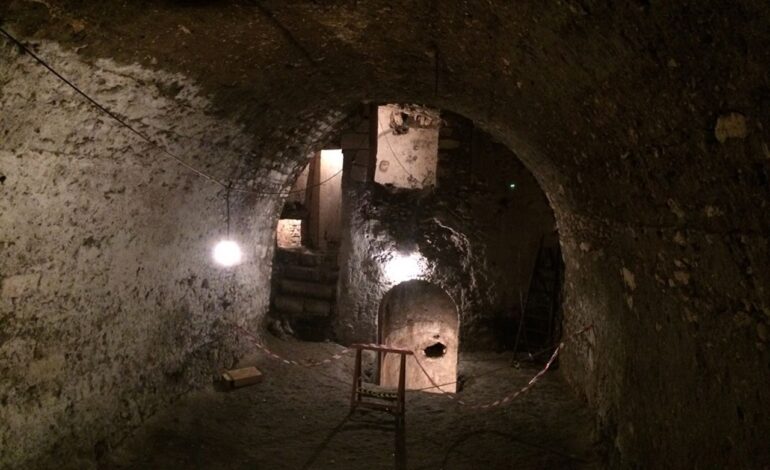 Lucera is not only stunningly beautiful, with its glorious green spaces, its alleys full of unexplored beauty and the magnificent architecture that are found along the historic center of the city , but it is also incredibly rich in history and culture. The city of Lucera expands over three hills (Mount Albano, Mount Belvedere, Mount Sacro) and it used to be called “key of the Apulias” because of its strategic position. Lucera played a central role during the Swabian and the Angevin ages, where Emperor Frederick II and King Charles I of Anjou gave the place the most flourishing periods in terms of art and history thanks to the building of the Swabian-Angevin Fortress on the Mount Albano, the construction of the cathedral basilica of Santa Maria Assunta in the heart of the duomo and the Roman Amphitheatre dating back to the Augustan age. These are the symbols that represent Lucera.
Lucera is not only stunningly beautiful, with its glorious green spaces, its alleys full of unexplored beauty and the magnificent architecture that are found along the historic center of the city , but it is also incredibly rich in history and culture. The city of Lucera expands over three hills (Mount Albano, Mount Belvedere, Mount Sacro) and it used to be called “key of the Apulias” because of its strategic position. Lucera played a central role during the Swabian and the Angevin ages, where Emperor Frederick II and King Charles I of Anjou gave the place the most flourishing periods in terms of art and history thanks to the building of the Swabian-Angevin Fortress on the Mount Albano, the construction of the cathedral basilica of Santa Maria Assunta in the heart of the duomo and the Roman Amphitheatre dating back to the Augustan age. These are the symbols that represent Lucera. 
The Lucera Amphitheatre is located on the outskirts of the city. Its construction was carried out before that of the most famous Roman Colosseum and to stage theatrical performances of the time. Perfectly preserved, the amphitheater of Lucera presents itself today in all its beauty.
Its large size also makes it the record of the most important Roman witness in all of Puglia. Below the arena there is an open gallery with three pits: to allow rainwater to flow from the collection channels, for the presence of the athletes’ gym and other public buildings very popular in that period. The amphitheater could accommodate between 16 thousand and 18 thousand people.
This incredible structure seems to have been ruined and damaged in 663, when the Byzantine emperor Constans II conquered Lucera and transformed it into an open-air stone quarry. Hidden for many centuries, the amphitheater has returned to light after excavations in 1932. Only at the beginning of 2000, a complete renovation will begin, which has allowed this place to return to the old splendor and be used by the Municipality of Lucera to host cultural events and monuments.




